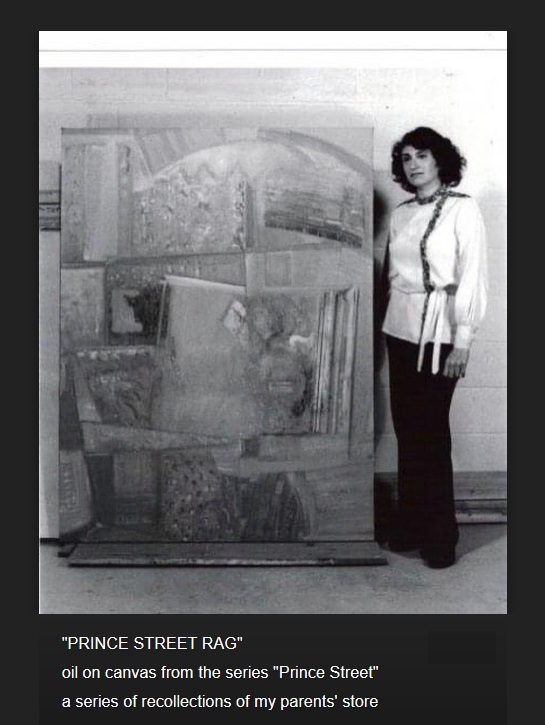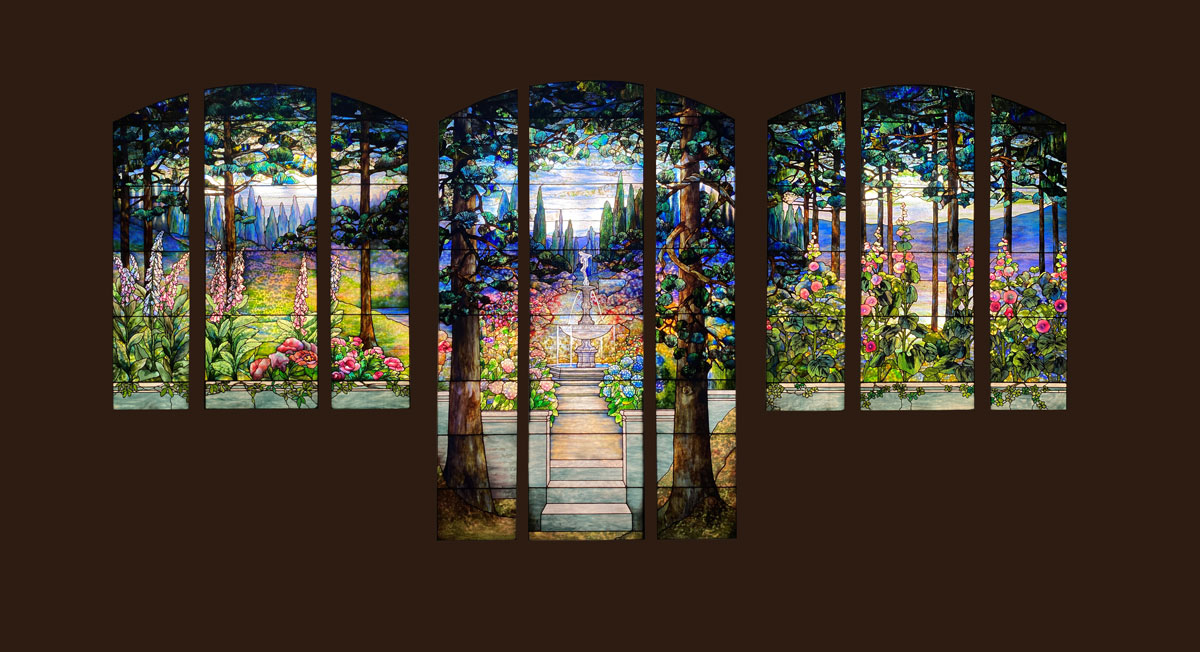
Through frequent excursions to the bookshops of downtown Cairo in Egypt, Guyer has unearthed a wealth of forgotten political narratives and overlooked illustrative histories. Book-ending his fascination with the alternative story lines of locally appropriated Western comics, Guyer’s faith in the ethical and ideological potential of cartoons and satirical imagery extends to the underground artistic movements of contemporary self-published zine-makers. In his eloquent interview, the prolific and level-headed writer remarks on welcome shifts in the Middle Eastern visual landscape, the necessary and terrifying obligations of artists, and the autonomy of art in an authoritative society.

Adaptive and indomitable painter Bascha Mon has traced each frame of light between the new and full moons. Bound to spontaneity and guided by intuition, Mon’s practice feels out a logic from the sanctuary and purgatory of a blank canvas. Impelled by the psychic pains of a laboring human family, Mon retrieves the fragments of her commiserating heart from the cold grasp of reality, like pulling her distorted reflection from the surface of the water. Expressed in her stirring and poignant interview, Mon’s necessary attachment to art conceals a deep solidarity with the misplaced souls of the Earth, who struggle to make sense of an existence where whimsy and intense meaning coexist. The sage observer and painter is never dissatisfied by an individual work, as no piece is anything less than perfect if it belongs to a whole.

Reading something interesting?
Tom Allen, is ensnared by the vehement poems of mid 19th century writer Jules Laforgue, the progenitor of free verse in the French tradition and treasure to the great modernist poets. Laforgue fashioned his fervent style of observation from the fiery idealism of the symbolists and the microcosmic subjectivity of impressionism. Another one of our users, Niels Van Tomme, is pleasantly amused by the playful and engaging Shipping Container, Craig Martin’s contribution to the Object Lessons series. Martin’s colorful prose enlivens the itinerant existence of this ubiquitous transport vessel, the unsung hero of our convenient and mobile world.
Urging the flow of time and water is the promise of change made by a fork in the stream.
For the Silo, Brainard Carey.



